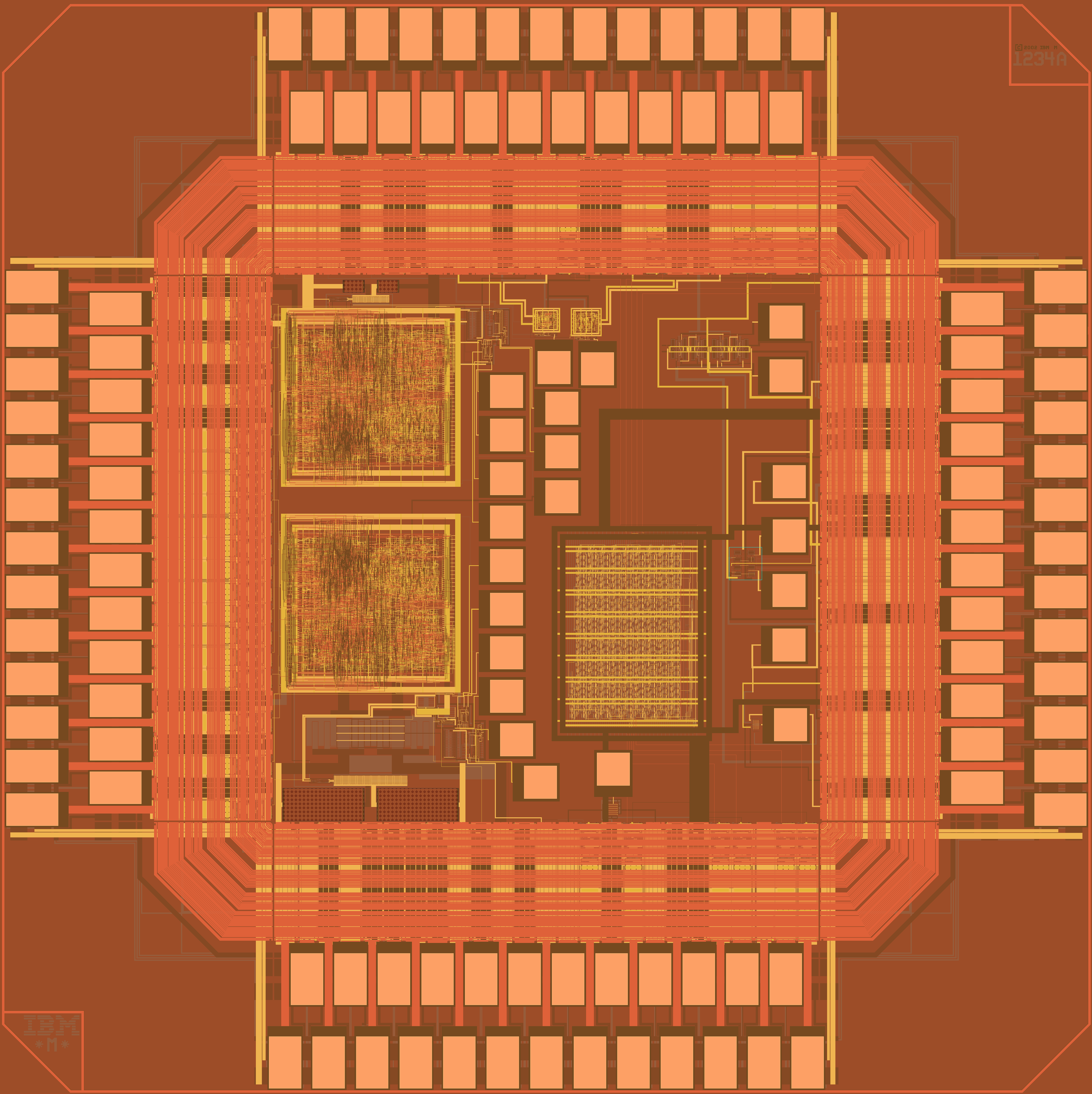In this project we are building chips that can be run directly off harvested incident RF energy, without the need to rectify the incident RF, and build the voltage through a charge pump, etc. There are two potential advantages of doing this. First, RF-DC conversion requires substantial circuitry and thus substantial chip area. Eliminating the need for RF-DC conversion can save considerable cost in a cost sensitive market. Second, the RF-DC conversion efficiency is poor when the incident electric field is low. This new scheme has potential to achieve more efficiency.
Work completed in this project include the construction of test circuits, design and verification of a number of enabling circuit elements, implemention of a CAD flow, design of a cell library, and design of a complete UHF RFID chip. The project is also taking a broader look at radios powered from harvested RF energy.
This research was/is funded by: NSF and the NCSU Chancellors Innovation Fund..
Selected Publications (with links either to a copy of the submitted paper or to the version listed in IEEE Xplore):
-
W. Zhao, K. Bhanushali, and P. Franzon, "Design of a rectifier-free UHF Gen-2 compatible RFID tag using RF-only logic," in Proc. IEEE RFID 2016, May 2016.. (Downloadable paper.) This paper describes the implementation of a complete UHF passive tag.
-
J. Ledford, P. Gadfort, P. Franzon, “An analysis of subthreshold SRAM bitcells for operation in low power RF-only technologies,” in 2012 IEEE SubVT Conference, pp. 1-3, 2012. (Downloadable paper.) This paper explores the tradeoffs in SRAM dseign with this paradigm.
-
P. Gadfort, "Packaging and Integration of Three Dimensional Microsensors," Ph.D. Thesis, 2014. (Downloadable paper.) This paper explores stress issues in heterogeneous 3D systems (GaN on CMOS).
-
. Gadfort, P. Franzon, “Near threshold RF-only analog to digital converter,” in IEEE SubVT Conference, pp. 1-3, 2012.. This paper explains how to design a simple ADC using RF powered circuits.
